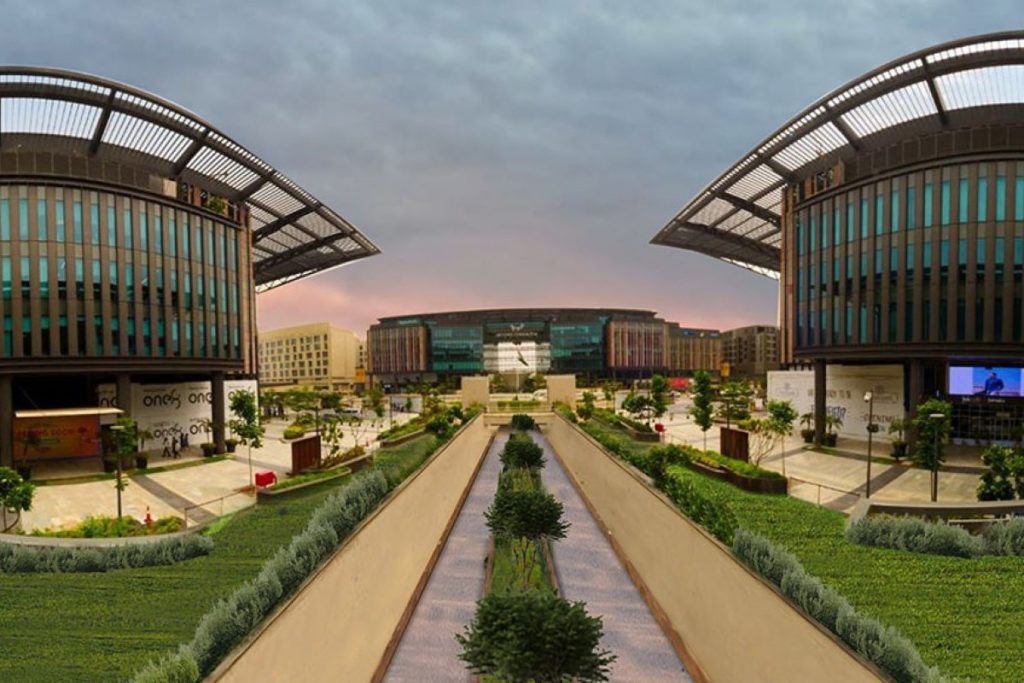Delhi Aerocity, a hub for both business and leisure travelers, has been granted permission by the Delhi government to allow restaurants in the area to operate round the clock. This move is expected to cater to the heavy footfall of tourists in the area due to its close proximity to the airport. The government hopes that this approval will increase tourist numbers and boost revenue through licensing fees, following the success of a similar initiative in Gurgaon’s business district.
Food plays a significant role in attracting Indian tourists, as highlighted in a recent Skift Research report. Culinary tourism in India is on the rise, with international visitors also contributing to the market. A report by Future Market Insights estimated the culinary tourism market in India to be over $23 billion, with expected annual growth of 23% up to 2033. Various food festivals and events across the country are showcasing the diverse cuisines of different regions, leading to an increase in food and beverage revenue for hotel chains like IHCL.
India and Spain have announced plans to enhance their tourism ties, declaring 2026 as the Year of India and Spain in Culture, Tourism, and Artificial Intelligence. The two countries aim to collaborate in incorporating each other’s cultural presence in various aspects such as museums, art, fairs, film, festivals, and literature. Efforts will also be made to boost tourist flow, increase bilateral investments in hospitality, cuisine, marketing, and architecture, both in urban and rural tourism. Additionally, a significant aerospace deal involving TATA and Airbus was inaugurated, paving the way for the manufacturing of planes in India.
The state of Karnataka is looking to boost tourism by introducing a dedicated bill to develop ropeways and cable cars at key tourist destinations. This proposed legislation will govern the installation, operation, and maintenance of ropeways in the state, making Karnataka the first in South India to have such an act. Potential locations for ropeways have been identified, including Nandi Hills, Anjanadri Hills, Madhugiri Fort, and more. The state aims to finalize locations within the next three months to enhance the visitor experience at these attractions.
In the aviation sector, IndiGo announced plans to commence daily direct flights between Pune and Dubai, adding to its expanding network of domestic and international routes. The airline aims to reach a capacity share of 30% in the international market by the end of the year by adding more destinations to its global network. However, intense competition in the international market remains a challenge for airlines like IndiGo. Meanwhile, the Kerala government is looking to launch passenger ship services between the state and Gulf countries to cater to expatriates in the region, shifting focus from previously planned chartered flights due to regulatory restrictions by the Government of India.
Overall, these developments in tourism, aviation, and hospitality sectors in India indicate a growing focus on enhancing infrastructure, services, and collaborations to attract both domestic and international travelers. By leveraging cultural ties, culinary experiences, and strategic partnerships, India aims to position itself as a premier destination for tourists and investors alike. From extended restaurant hours in Delhi to aerospace collaborations with Spain and initiatives to improve connectivity and tourism experiences in states like Karnataka and Kerala, the country’s tourism landscape is set for significant growth and innovation in the coming years.


